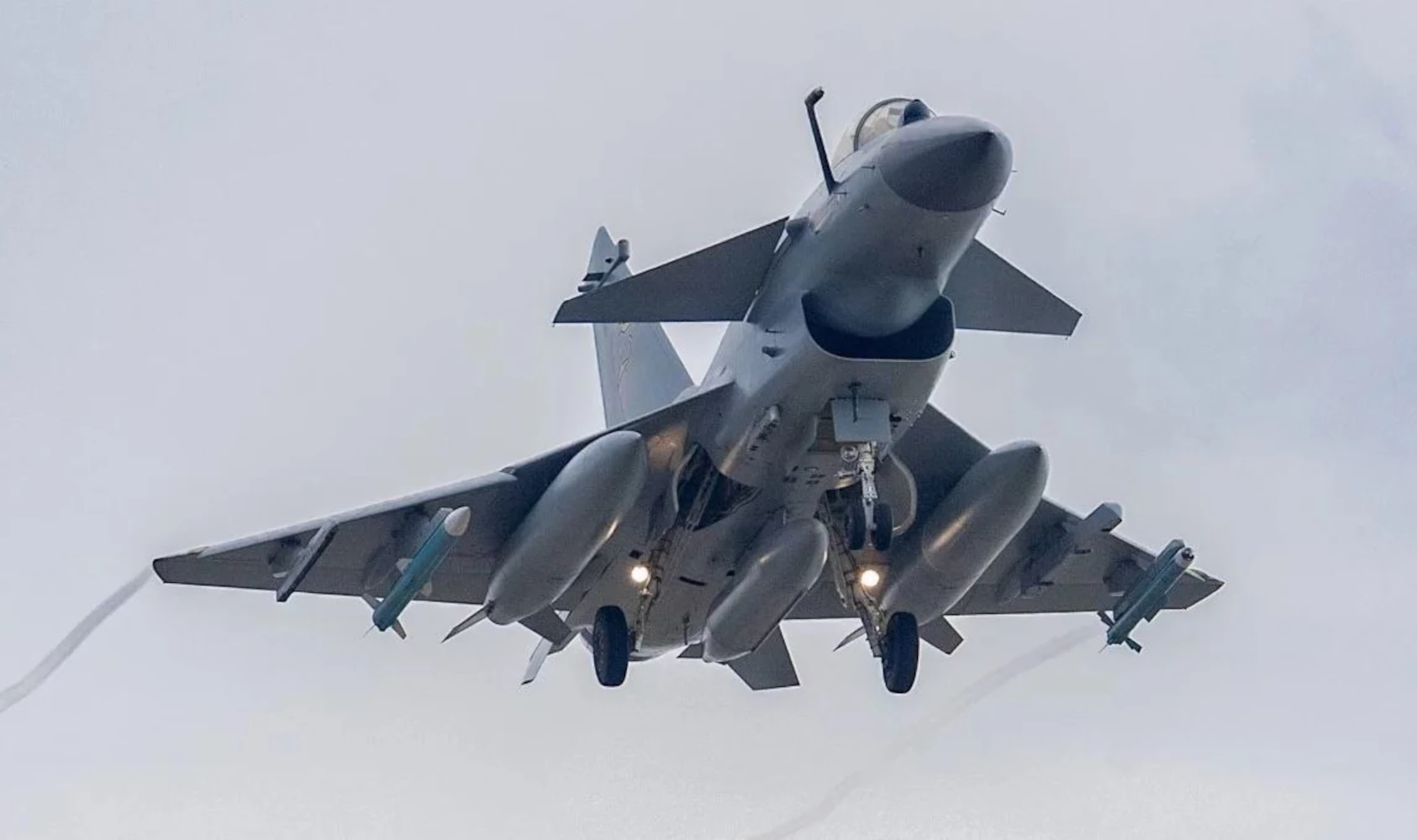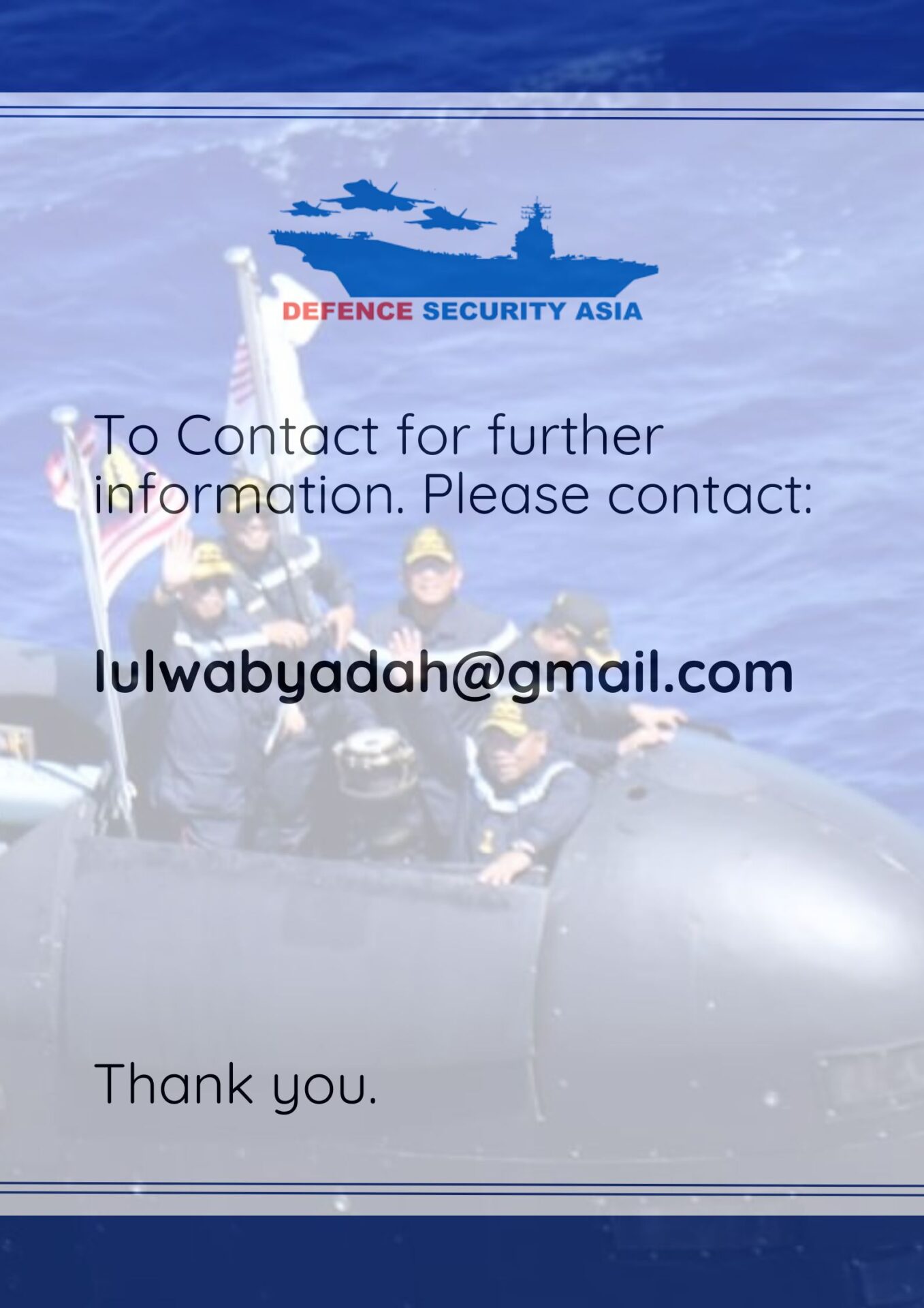China Offers J-10C ‘Rafale Killer’ to Friendly Nations as Iran Eyes The Advanced Fighters
China’s openness to arm ‘friendly countries’ with the advanced J-10C fighter jets marks a subtle but seismic shift — as Iran’s eagerness underscores Beijing’s ascent as Tehran’s new top-tier arms supplier.
China’s Ministry of National Defense has made no secret of its readiness to supply its homegrown J-10 fighter jets to “friendly countries”, a policy statement that comes at a time when Iran is eyeing exactly that capability to plug widening gaps in its creaking air force.
In a carefully-worded release, ministry spokesman Jiang Bin declared that Beijing is willing to “share the achievements of its equipment development with friendly countries,” signalling an unprecedented openness to expand arms exports to partners increasingly disillusioned with Russian delays.
While Jiang avoided naming Iran outright, multiple reports confirm that Tehran’s leadership has held serious discussions with Beijing about acquiring the J-10C — the 4.5-generation multirole fighter widely dubbed the “Rafale Killer” by regional analysts.
This interest is far from theoretical.
Iran’s air defence vulnerability was laid bare by Israel’s devastating airstrikes last month, raising urgent questions about Tehran’s ageing fleet dominated by older Russian fighters and American jets dating back to the Shah’s era.
For decades, Moscow has been Iran’s go-to supplier for strategic airpower.
But with the much-hyped Su-35 Flanker-E deal stuck in geopolitical limbo — after airframes ordered by Egypt were re-offered to Tehran in exchange for Iranian drones for Ukraine — Tehran’s frustration with the Kremlin has only deepened.

Iran’s defence planners now face a stark choice: cling to Russia’s opaque delivery timelines and patchwork support, or pivot decisively to China’s emerging high-end platforms, beginning with the J-10C.
It’s a pivot with profound implications.
Beijing’s willingness to share its advanced combat aircraft not only promises Tehran an immediate fix to its airpower shortfall but signals that China is steadily overtaking Russia’s place as Iran’s principal source of cutting-edge strategic weapons.
Speaking in Shanghai, Israeli Consul General Ravit Baer openly warned that “China is the only one capable of influencing Iran”, pointing out that “Iran would collapse if China didn’t buy its oil.”
She stressed that Beijing’s political and economic leverage could reshape Tehran’s regional behaviour — a statement that doubles as an indictment of Russia’s waning influence in Iran’s procurement calculus.
Defence sources confirm that Iran’s interest in the J-10C is not a symbolic hedge — it’s a direct response to what military planners see as a deteriorating security equation with Israel, Saudi Arabia, and Gulf states investing heavily in fifth-gen or high-end 4.5-gen platforms.
The J-10C is fast proving it can hold its own in that arena.
Its operational debut in Pakistan — where the Vigorous Dragon has reportedly engaged in high-profile skirmishes with Indian Rafales, MiG-29s and Su-30MKIs — has only burnished its image.
Pakistan’s claim that its J-10Cs, armed with PL-15E beyond-visual-range (BVR) missiles, downed multiple Indian fighters last month remains hotly contested, but the psychological effect has been enough to convince Iranian planners that this aircraft could neutralise Western-supplied rivals in a future dogfight.
By contrast, the Su-35 airframes Tehran seeks remain stuck in Moscow amid shifting battlefield priorities and sanctions-battered logistics.
This dynamic is pushing Iran deeper into Beijing’s orbit — not only for fighters like the J-10C but potentially for other advanced systems from drones to air defence batteries.
Just a few days ago, Arab media reported that Iran has taken delivery of several batteries of China’s HQ-9B long-range surface-to-air missile systems, reflecting a bold pivot towards Chinese defence technology after a punishing 12-day clash with Israel and its principal ally, the United States.
Arab sources speaking to regional media outlets claim the HQ-9B units — often described as comparable to or more capable than Russia’s highly-regarded S-400 Triumf — arrived on Iranian soil immediately after the ceasefire was declared on June 24.
“Iran is believed to have purchased the HQ-9B air defence system and has already received several batteries, paid for with oil,” an Arab intelligence source was quoted as saying.
Meanwhile, Chengdu Aircraft Corporation’s J-10C is more than an upgrade of China’s original J-10A.
Its canard-delta configuration, digital fly-by-wire controls, and powerful WS-10B turbofan engine grant it manoeuvrability and interception prowess that makes it a credible rival to Western F-16s and European Typhoons.
But it’s the integration of an active electronically scanned array (AESA) radar and the PL-15E missile that gives the J-10C its teeth.
The domestic version of the PL-15 is rumoured to reach 200–300 km, while the export-configured PL-15E still boasts a 145 km range — putting it firmly in the same bracket as the latest AIM-120 variants the U.S. supplies to Israel and Gulf partners.
This combination means any country flying the J-10C can hold premium enemy airframes at risk from standoff ranges that once were the exclusive domain of Western or top-tier Russian jets.
For Tehran, that is a decisive factor as it weighs the risk of direct aerial clashes with Israel’s formidable F-35I Adirs and F-16I Sufas.
Beyond the tactical edge, Iran’s overtures towards Beijing also reflect an increasingly pragmatic shift away from dependency on Moscow’s transactional defence deals — a trend accelerated by Russia’s deepening entanglement in Ukraine.
Defence analysts note that China’s arms exports are typically packaged with less risk of secondary sanctions, more predictable delivery timelines, and competitive support ecosystems that appeal to regimes like Tehran’s.
High-level exchanges have cemented the trajectory.
Iranian Defence Minister Aziz Nasirzadeh’s presence at the Shanghai Cooperation Organisation (SCO) summit in Qingdao was more than a diplomatic courtesy; it was a signal that Tehran’s procurement backchannels with Beijing are open and active.
Within the SCO, Beijing’s growing role as a Eurasian arms hub complements its Belt and Road Initiative investments — while subtly undermining Russia’s status as the region’s traditional supplier of big-ticket military platforms.
For Israel, the stakes are clear.
Any Iranian acquisition of the J-10C would inject a fresh layer of complexity into an already volatile strategic balance, forcing Tel Aviv to adapt to a scenario where Tehran’s air combat capabilities are no longer entirely reliant on Moscow’s whims.
For China, the potential rewards extend far beyond an arms sale worth billions of dollars —depending on the package.
It would cement Beijing’s status as the new indispensable partner in Iran’s long-term rearmament plans — with geopolitical dividends that ripple from the Strait of Hormuz to the Golan Heights.
At a moment when great power rivalry is redrawing the global arms market, China’s willingness to sell its “Rafale Killer” to Iran shows that the Middle East’s next-generation airpower calculus will no longer be written solely in Moscow or Washington.
Increasingly, the decisions will be made in Beijing — and Tehran, for now, seems ready to buy in.
SNIPPET
How China’s offer to export its J-10C ‘Rafale Killer’ to Iran shows Beijing outmanoeuvring Moscow to become Tehran’s key arms partner.



hey like the news media, but doesnt it seem obvious that rafales werent shot down and infact the ceo of dassault claimed the claims of 3 rafales were inaccurate (inital claims) and then after one was “shot down” he stated that it was more or less an operational failure not a war scenario, also if in that case rafales were shot down i think Janes, Maxar and CSIS which are globally respected OSINT new outlets would have spotted this and highlighted this